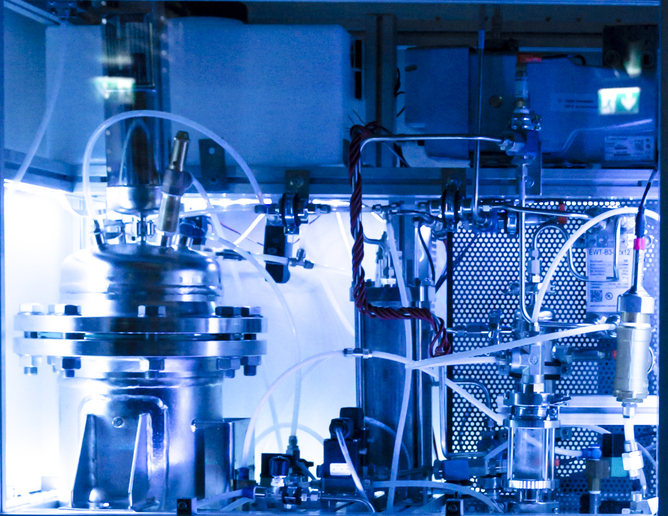Survey of mechanical completion tools for control of proppant flow back
Hydraulic fracturing is used to increase the efficiency of oil and natural gas production. In the process, after a well is drilled into a rock, fluid is pumped down the well at high pressure. This causes a crack, or fracture, to open beyond the well, often many hundreds of feet into the rock. To prevent the fracture from closing after pumping stops, the fluid contains a material called a proppant, usually a type of sand, which collects inside the fracture and holds it open. In this manner, a route is provided to bring the oil or gas up to the surface of the well. However, problems are encountered when the proppant is displaced during the operation of the well in a process called flow-back. Productivity drops since the fracture conductivity is reduced and equipment can be damaged. The current research explores various aspects of the process. The stability of proppant was investigated relative to proppant size and fracture widths. Resin coated proppants were assessed for their ability to reduce flow back Results indicated that non-coated proppants would be stable at a fracture width to proppant diameter ratio of 5 to 1. Another mechanism for reducing proppant flow back was also investigated. This involved the use of an adapted perf-valve tool. This valve contains a set of perforations that can be closed off using a sleeve. The sleeve can be of a certain mesh size to limit proppant flowback. It could be used inside horizontal wells, however, the system needs further testing. Modelling methods have been explored to predict flow back. This was explored using Well Whiz software that models the pressure drop along the fracture by simulating drag forces and predicts flow-back. One well model and two proppant sizes were modelled. Putting these laboratory results into practice, a coated proppant 12/18 in size with a concentration of 2lb/ft2 was used in the fracturing of an existing offshore well which had a low production rate. After fracturing, the proppant concentration was found to be 1.8lb/ft2 indicating little proppant loss during the process. The production from the well was monitored through a filter unit and zero proppant flow back has been recorded. A 3.5 increase in productivity has also been achieved. The results are very inspiring for increasing oil and gas production through more efficient fracturing methods.







